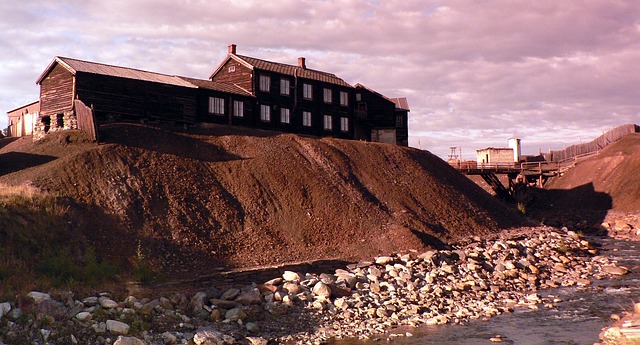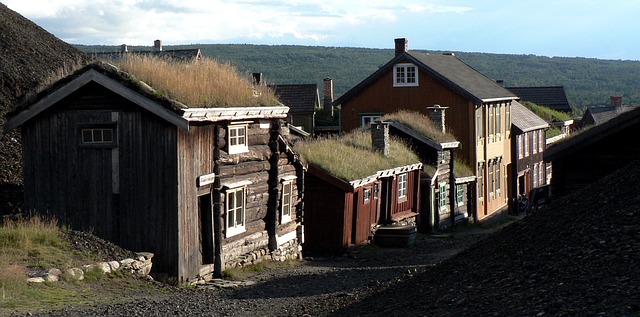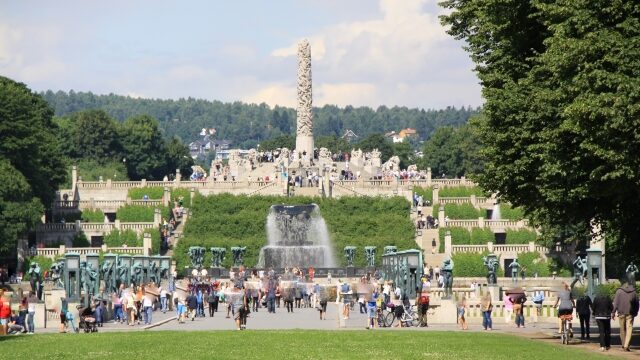Røros is a town in Norway that once supported the country’s mining industry as a major copper production area. The town was built by mining workers from scratch and is registered as a World Heritage Site in Norway due to its historical value. In this article, I will introduce Røros, a unique mining town among the attractions of Norway.
Features of Røros

Røros is located in the Sør-Trøndelag County in central Norway, situated at an altitude of about 620 meters above sea level. The town experiences harsh climate conditions with winter temperatures dropping to around -10 to -20°C. In fact, it has recorded an extremely cold temperature of -50.4°C as its lowest.
So, why was a town built in such a cold region? It is because the area where Røros is located has large deposits of copper, which was a crucial mining site for Norway’s mineral industry.
When the copper deposits were discovered in 1644, a Norwegian company called “Røros Copper Works” began mining operations. Migrant miners from various places gathered, and the town gradually developed. As a result, Røros was officially registered as a Norwegian municipality in 1838. The name “Røros” originates from the name of a farm that was originally planned for the town’s construction site.
History of Røros

As mentioned earlier, the town of Røros was born in 1644 when the copper deposits were discovered, and the “Røros Copper Works” company began mining development. Miners from both domestic and foreign locations were recruited for mining, and the town of Røros developed simultaneously. Wooden houses were built, and food was self-sufficient from the town’s farms. In addition, the surrounding area was rich in timber, which was also used as materials and fuel.
From the 17th century, Røros supported Norway’s mining industry, and mining operations continued until 1977, 333 years after the development of the mine. Since then, the town has focused on the tourism industry utilizing the townscape left by the miners, which continues to thrive today.
The entire town registered as a World Heritage Site

The town of Røros, built by mining workers, is now famous for its townscape that retains the atmosphere of the 17th century. There are about 2,000 wooden houses where miners ate and slept, and mineral smelters still exist in their original form. This unique mining town landscape is highly valued as a Norwegian cultural asset, and it was registered as a UNESCO World Heritage Site in 1980.
Røros Church, the symbol of the town

Røros Church stands out with a strong presence among the colorful wooden houses in the town. Located in the center of the town, this church was built in 1784 and features white-painted stone exterior walls and primarily wooden interior walls.
Another distinctive feature is the hammer symbol, representing miners, painted on the church’s bell tower. For miners working in the harsh mining environment where accidents were common, Røros Church functioned as a place of worship and provided significant emotional support.
Conclusion
Røros is a representative mining town in Norway, where copper mining took place over 333 years, from 1644 to 1977. The miners at that time gradually developed the town in Norway’s harsh climate, and today, the townscape is registered as a World Heritage Site.





